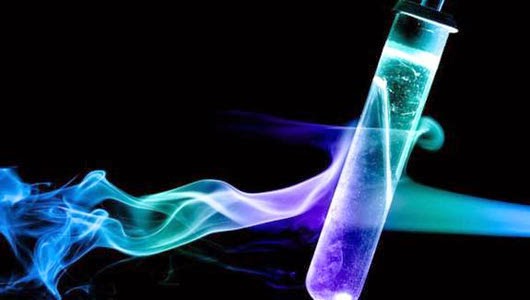Here are some notes for section 10.2 and 10.3
Temperature – The
average speed of the particles in a substance (we use a thermometer to take the
temperature)
Heat – Is the
thermal energy transferred from an area of higher temperature to lower
temperature
Conduction
· The
transfer of heat through a solid or between a solid and another solid, a
liquid, or a gas that is in contact with it
· Conduction
can also occur from liquid to solid and gas to solid.
· Conduction
always occurs from a warmer region to a cooler region.
· Conduction
occurs when warmer particles bump into cooler particles making them vibrate
faster.
· Metals
are better heat conductors than non-metals because free electrons carry heat
quickly through the material.
Convection
· Convection -
The transfer of thermal energy by moving particles in fluids
· As
the particles of fluids (gases and liquids) are heated, they move faster and
expand; this expansion makes the fluids less dense so they rise
· When
warmer fluids rise, cooler fluids move downwards; this creates a “convection
current”
· The
convection current continues in a pot of soup because the warmer soup particles
in a pot cool when they make contact with the air and then sink. These
particles are heated again once they meet the bottom of the pot.
· Convection
currents help heat your home through your furnace heating system.
Radiation
· Radiant
energy is the transfer of energy by invisible waves given off by the
energy source
· These
invisible waves are called infrared waves (a type of electromagnetic wave from
the sun)
· Infrared
waves are given off by all heat sources, including you
· Heat
is radiant energy from the sun that reaches your skin
· Radiant
energy warms up objects when the waves of radiant energy come into contact with
matter making the particles vibrate faster

No comments:
Post a Comment